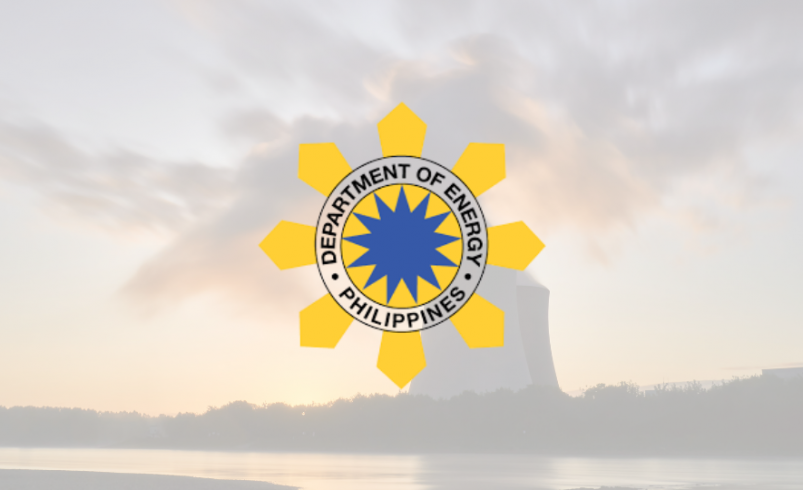Philippines formalizes policy for first commercial nuclear power project
- October 3, 2025
- 0

Energy Secretary Sharon S. Garin announced on Thursday the signing of a landmark framework to integrate nuclear power into the Philippines’ energy mix, marking a critical step toward the country’s first commercially developed nuclear power plant.
The policy, Department Circular (DC) No. 2005-10-0019, was signed on October 2, 2025, laying the groundwork for the “Pioneer Nuclear Power Plant (NPP),” envisioned to be the first commercially developed and operated nuclear facility in the country, and establishes mechanisms to facilitate smoother offtake for pioneering developers.
Speaking at the Philippine International Nuclear Supply Chain Forum (PINSCF) 2025 in Bonifacio Global City, Garin emphasized the government’s commitment to nuclear development.
“Yesterday, I signed a new circular for pioneer nuclear power plants. If you are the first one to build in the country, we will help you find offtake,” she said. “I want to announce that so that all our partners, whether you are a Filipino or you’re from a foreign country, will know that we are serious about our nuclear energy program.”
The two-day forum, held at the Grand Hyatt Manila, convened policymakers, nuclear technology leaders, regulators, and experts from the United States, South Korea, Canada, the United Arab Emirates, Argentina, France, Finland, Hungary, and the Philippines. Discussions focused on building a strategic and adaptive nuclear supply chain to support the country’s energy transition.
The International Atomic Energy Agency (IAEA) also provided guidance on 19 key infrastructure challenges that the Philippines must address in developing nuclear energy.
According to Garin, the Pioneer NPP will serve as a model for subsequent nuclear projects, giving the country a clear regulatory framework for safety, investment, and energy security.
Regionally, no Southeast Asian country has yet operated a commercial nuclear plant, though several are moving in the same direction. Vietnam has revived plans to build nuclear power plants nearly a decade after suspending them in 2016, with state utility EVN now exploring partnerships with Russia and Japan to restart development.
Malaysia, through its Ministry of Energy Transition and Water Transformation, has identified nuclear—particularly small modular reactors (SMRs)—as part of its 2030–2050 energy roadmap, with a target of bringing the first units online in the early 2030s.
Indonesia has included nuclear power in its long-term energy strategy, with the National Energy Council endorsing an initial 250 MW SMR project in Kalimantan, while Thailand’s Office of Atoms for Peace is carrying out feasibility studies on SMRs and safety standards as part of its updated Power Development Plan.
What are your thoughts on this landmark step to integrate nuclear energy into the Philippines’ power mix? How do you see it reshaping the country’s energy future
Follow Power Philippines on Facebook and LinkedIn or join our Viber community to stay up to date on the latest energy news.